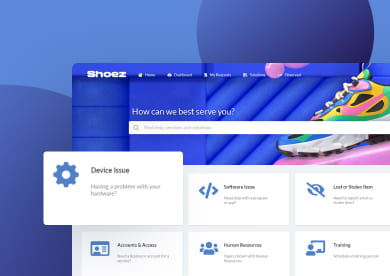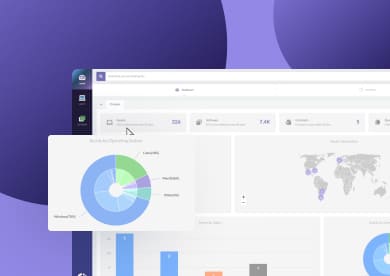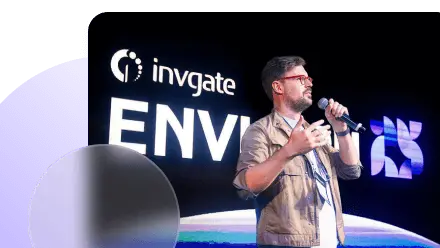When it comes to managing IT assets, security and efficiency are at the top of every organization’s priority list. After all, your Asset Management solution holds some of your most sensitive data: hardware inventories, software licenses, and even financial records.
From working closely with ITAM professionals, we’ve seen firsthand how essential SSO is. Their real-world insights confirm what experts across various industries know: implementing SSO is vital for protecting sensitive data and ensuring that IT processes remain efficient and compliant.
So, what exactly makes SSO essential for ITAM software? Let’s break it down.
What is SSO?
Single Sign-On (SSO) is an authentication method that allows users to access multiple applications with a single set of credentials. Instead of managing separate logins for different systems, users authenticate once through a central Identity Provider (IdP), which then grants access to authorized applications without requiring repeated logins.
SSO relies on industry-standard authentication protocols such as SAML (Security Assertion Markup Language), OAuth, and OpenID Connect. These protocols use encryption and token-based authentication to securely transmit identity information between the IdP and connected applications. SSO plays a key role in modern IT security strategies by reducing password fatigue and minimizing the risk of credential-related security breaches.
InvGate Asset Management supports Single Sign-On (SSO) with any identity provider that uses the SAML protocol, such as Okta, Google, Azure, and Active Directory. When you choose an ITAM solution with SSO, you can reduce risks associated with weak or reused credentials, ensure compliance with security policies, and improve the user experience with faster, more efficient access.
Let’s explore why you need an ITAM solution with SSO in more detail.
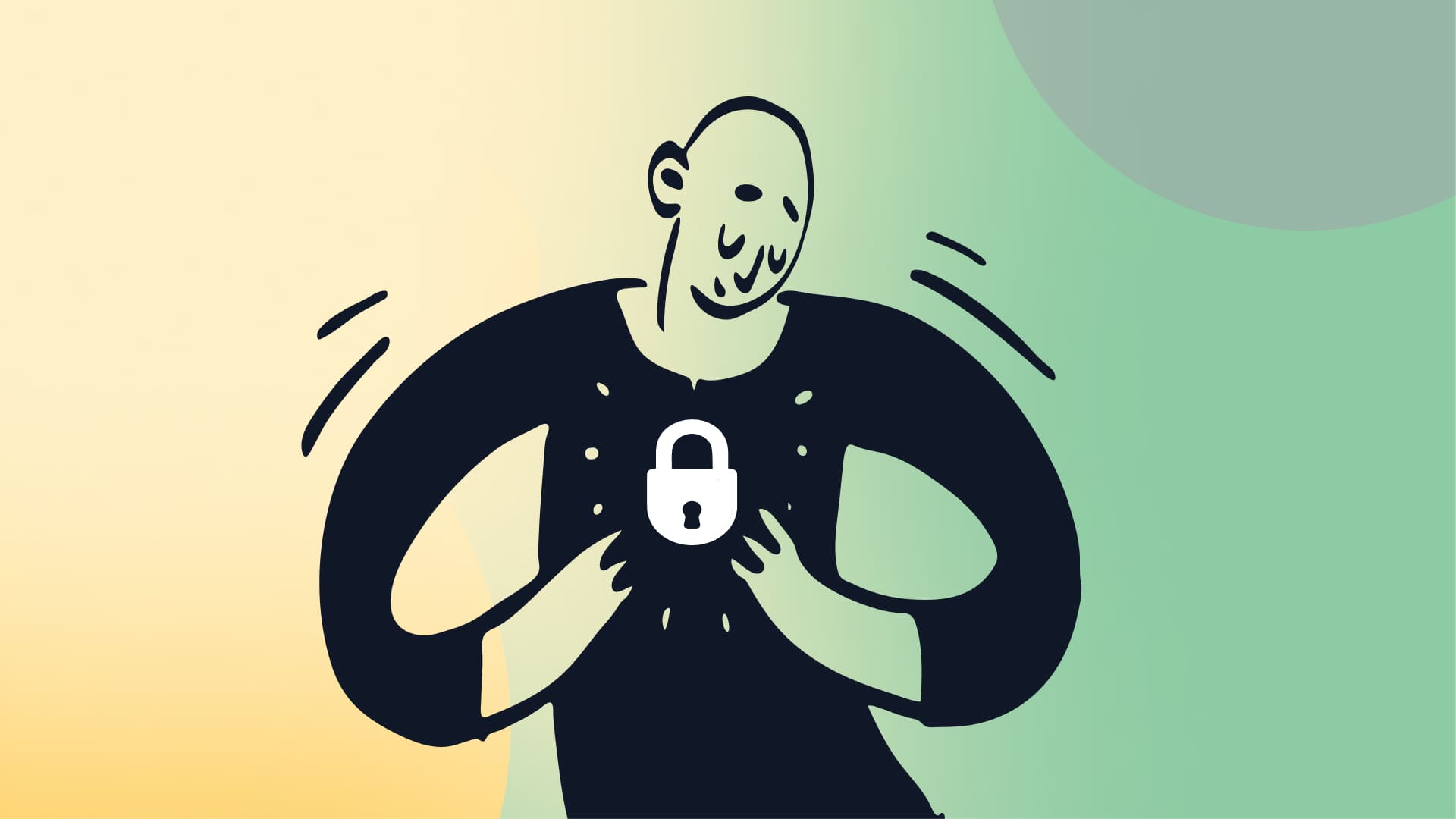
Why is SSO important for ITAM software?
ITAM software holds sensitive data, from hardware inventories to software licenses and financial records. Without proper access control, organizations risk unauthorized access, data leaks, and compliance violations.
1- Enhanced security and access control
SSO strengthens security by enforcing centralized authentication policies and eliminating weak or reused passwords. Stolen or compromised credentials are the second most common initial attack vector, accounting for 16% of data breaches.
SSO is a key component of Identity and Access Management (IAM), along with multi-factor authentication (MFA) and role-based access control (RBAC). It ensures that only authorized personnel can access ITAM tools, reducing the attack surface and mitigating phishing risks and other cyber threats.
2- Improved user experience and efficiency
Managing multiple passwords is frustrating for employees and IT teams alike. SSO eliminates the need for users to remember and input credentials for each application, reducing login friction and enhancing productivity.
For IT teams, this translates to fewer password reset requests and reduced administrative overhead. SSO also facilitates smoother onboarding and offboarding processes. Granting and revoking access rights is more efficient when authentication is linked to a centralized directory service.
3- Compliance and audit readiness
Strict regulations require organizations to maintain control over user access to sensitive data. SSO consolidates authentication management to help businesses comply with frameworks like GDPR, HIPAA, and ISO 27001.
Centralized access logs provide visibility into authentication events, making it easier to track who accessed ITAM tools and when. This simplifies auditing and helps organizations prove compliance during regulatory reviews.
4- Scalability and integration
As businesses grow, managing access to multiple IT systems becomes more complex. SSO allows organizations to scale authentication processes effortlessly by integrating with cloud-based and on-premise applications.
SSO ensures that as new ITAM tools are introduced, employees can access them seamlessly without compromising security. Integration with identity providers also enables IT teams to enforce policies across a diverse IT environment.
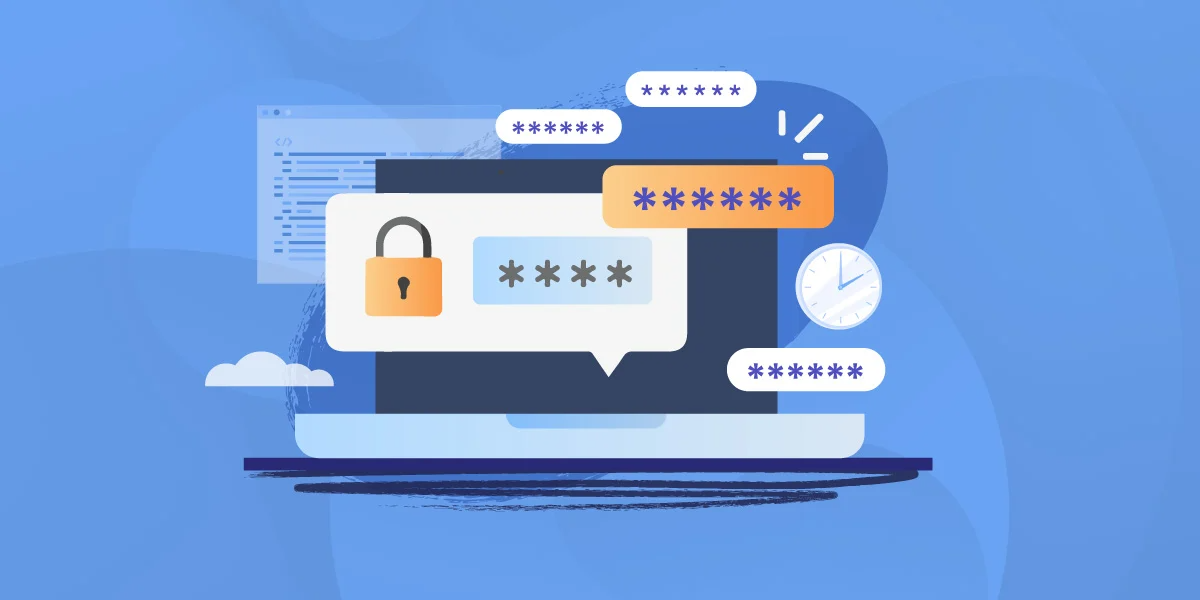
Considerations for SSO implementation
While SSO enhances security and efficiency, it is not infallible. Organizations must implement it correctly to avoid new security risks and operational challenges. Here are some key considerations:
Risk Management and redundancy
SSO centralizes authentication, meaning a single point of failure can disrupt access to multiple applications. Implementing a backup authentication mechanism, such as an alternative login method or emergency access procedures, can prevent downtime if the identity provider experiences issues.
Additionally, organizations should monitor for potential security threats, such as session hijacking or token theft. Security measures like session timeouts, encrypted authentication tokens, and anomaly detection tools help mitigate these risks.
Role-based access control (RBAC)
Integrating SSO with role-based access control ensures users only have access to the necessary ITAM functionalities. Without proper RBAC, an SSO implementation may grant excessive permissions, increasing security risks.
Defining clear access roles based on job functions and regularly reviewing them prevents unauthorized access to sensitive IT asset data. IT administrators should also enforce the principle of least privilege, restricting access to only what is essential for each user.
Multi-factor authentication (MFA)
SSO reduces password fatigue, but passwords alone are not enough to secure IT environments. Enforcing MFA adds an extra layer of protection by requiring a second form of verification, such as a biometric scan, security key, or one-time passcode.
MFA ensures that even if an SSO credential is compromised, unauthorized users cannot gain access to ITAM systems. Combining MFA with SSO enhances security without significantly impacting the user experience.
Continuous monitoring and audit logging
Even with SSO in place, organizations must continuously monitor authentication activities. Suspicious login attempts, failed authentication requests, and unusual access patterns may indicate a security breach.
Maintaining detailed audit logs helps IT teams promptly identify and respond to potential threats. Another proactive measure to strengthen your security stance is setting up automated alerts for anomalous behavior.
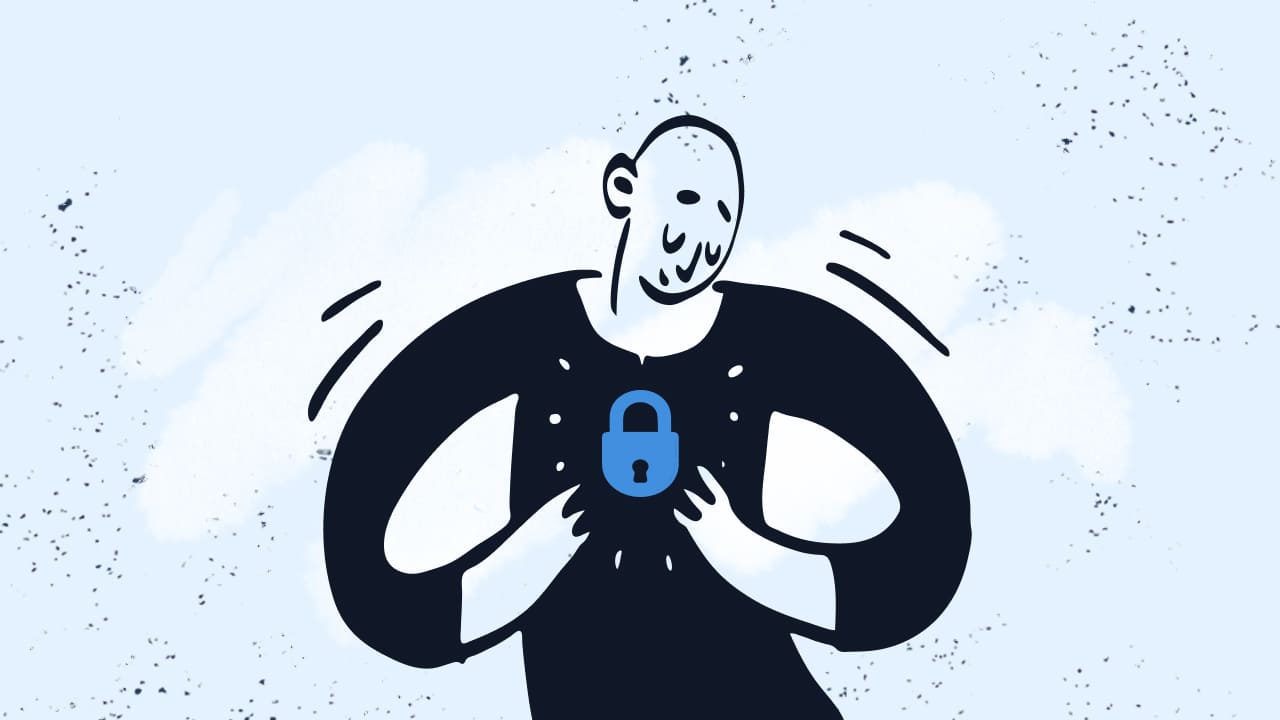
Final words
Now that you've read through the article, you understand how Single Sign-On (SSO) works and why it’s important for your IT Asset Management (ITAM) process. If you’re wondering about which measures you should take to ensure your security is top-notch, SSO is a great starting point — the first line of defense against unauthorized access.
Consider the potential benefits: streamlined access management, improved user experience, and a crucial layer of defense against security breaches. It's not just about convenience — it's about ensuring your IT assets are protected and your operations run smoothly.
Do you want to implement SSO in your ITAM solution? Don’t hesitate to contact our sales team today to discuss how we can help you implement SSO with InvGate Asset Management. We want to help you implement the most secure and efficient ITAM processes!
